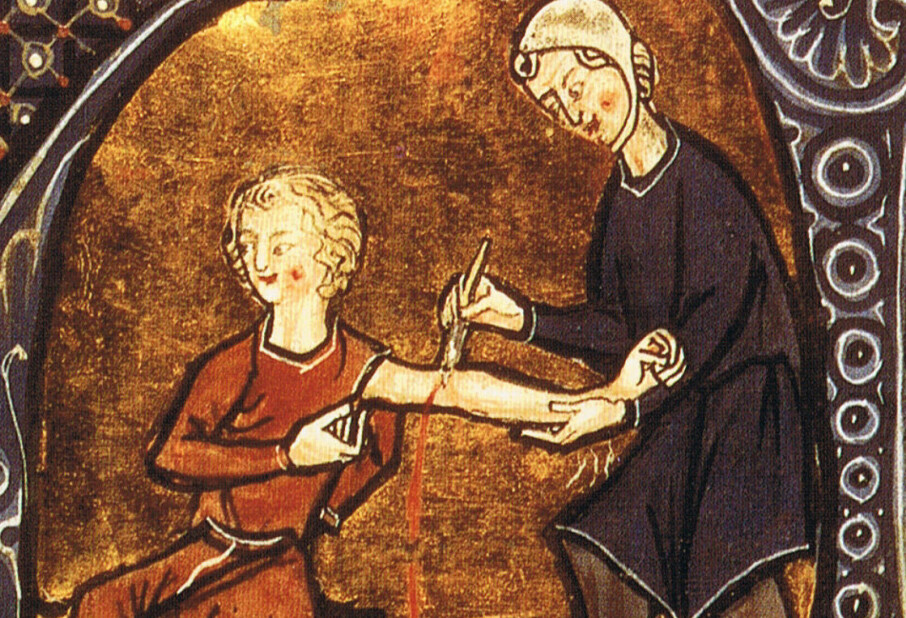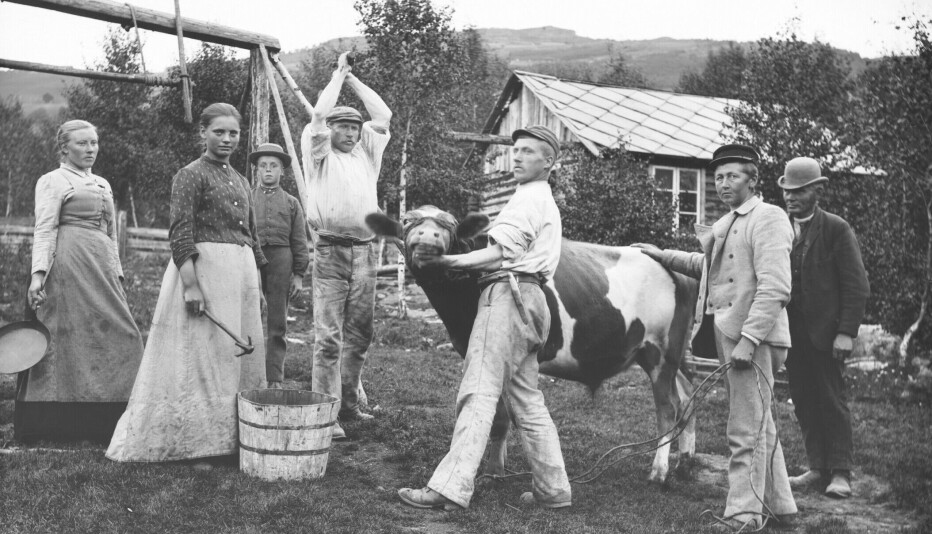
Prenatal use of paracetamol linked to kids’ problems
Three-year-olds have been shown to have behavioural problems and poorer gross motor development if their mothers took paracetamol for over four weeks during their pregnancies.
Denne artikkelen er over ti år gammel og kan inneholde utdatert informasjon.
Researchers have completed the first long-term study of children whose mothers used paracetamol [ known as acetaminophen in the USA] during their pregnancies.
The scientists found Norwegian children who had been prenatally exposed to paracetamol for upwards of 28 days to generally have poorer gross muscular development, inferior communicative abilities and more behaviour problems than their peers.
The study found that nearly four percent of the mothers of some 50,000 children in the study had taken paracetamol for more than 28 days during their pregnancies.
The medication is commonly used as a mild analgesic (pain reliever) and antipyretic (fever reducer).

Paracetamol is found in products such as Tylenol and Anacin Aspirin Free (USA), Panadol (UK), Panodil and Paralgin Forte.
Still the first choice
“The results indicate that it’s right to have a restrictive attitude toward use of paracetamol during pregnancies,” says Ragnhild Eek Brandlistuen, a post doc at the University of Oslo’s School of Pharmacy.
“The findings support the present guidelines about being restrictive with all medications during pregnancies. But paracetamol should still be the first choice for the occasional need for analgesics and antipyretics,” says Eek Brandlistuen.
She emphasises that this is the first study in the world to reveal these results, and more research is needed to make sure they are correct.
The researcher points out that epidemiological studies like this one indicate a link, but they do not fully prove a cause-and-effect relationship.
Unexpected finding
The University of Oslo researchers were not expecting to find these long-term effects of paracetamol on children.
While making their findings known, they are maintaining a certain degree of caution in interpretations – to avoid triggering too much apprehension and anxieties about medications among expectant mothers.
At the same time, the researchers encourage caution in the use of paracetemol during pregnancy.
Nearly 3,000 sibling pairs
The data on the children in the study were taken from the huge Norwegian Mother and Child Cohort Study.
The mothers provided information about their children’s motor function, temperament and communication skills at the age of three.
The researchers compared 2,919 children who had been exposed prenatally to paracetamol with siblings of the same sex who hadn’t been exposed.
They could thus study the effect of the medication while making adjustments for genetic and environmental factors. The researchers also made allowances for factors such as infections, fevers, use of medications, alcohol consumption and smoking.
Poorer motor skills and worse behaviour
“We found negative results for the development of many of the children who had a lot of prenatal paracetamol exposure. This was surprising,” says Eek Brandlistuen.
The clearest outcomes were seen with regard to decreased gross motor development, externalizing behaviour problems and high activity levels among the three-year-olds.
The researchers found a tendency toward diminished gross motors skills even among the children who had been exposed less paracetamol – prenatally from 1 to 28 days.
Compared with ibuprofen
The scientists wanted to know if there were other reasons than a mother’s use of analgesics during pregnancy that could have these kinds of effects on their children. They also looked at the use of ibuprofen, another pain reliever that works in a different way.
They found no corresponding long-term effects from ibuprofen, which is sold under trade names such as Advil, Brufen and Motrin.
Extensive use by 3.8 percent
In records covering almost 50,000 Norwegian children, nearly 46 percent of their mothers reported using paracetamol during pregnancies.
A total of 3.8 percent of the children had mothers who had taken paracetamol more than 28 days during their pregnancies.
The expectant mothers used paracetamol most commonly for headaches or migraines, and in diminishing order for back aches, pelvic pain, fevers and influenza.
Reliable Norwegian data
“Our research is made possible by the Norwegian Mother and Child Cohort Study and the great health registers we have in Norway,” explains Professor Hedvig Nordeng of the University of Oslo, who also participated in the research.
Previous studies of pregnant women who have used analgesics have lacked information about the long-term development of the children.
These earlier studies have had more focus on the immediate impacts on the children, on birth weights and deformities.
----------------------
Read the Norwegian version of this article at forskning.no
Translated by: Glenn Ostling

































